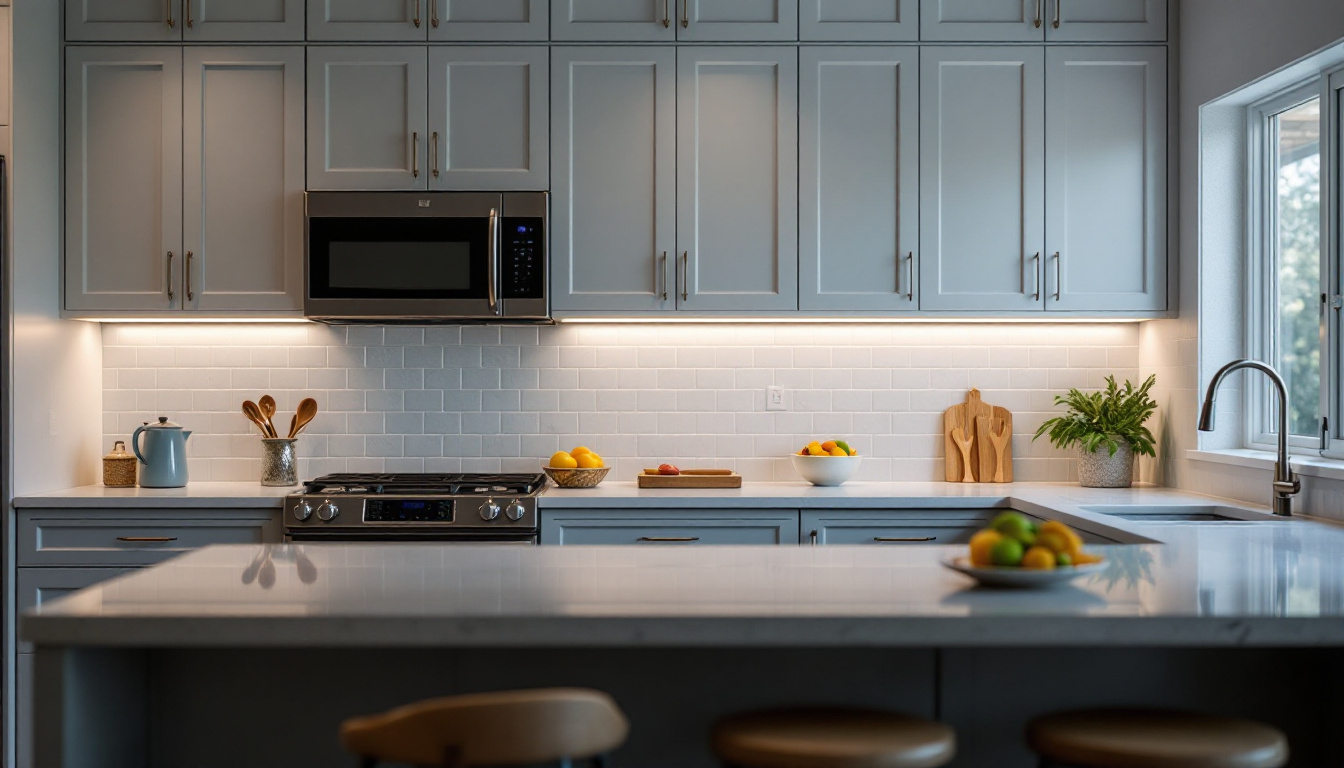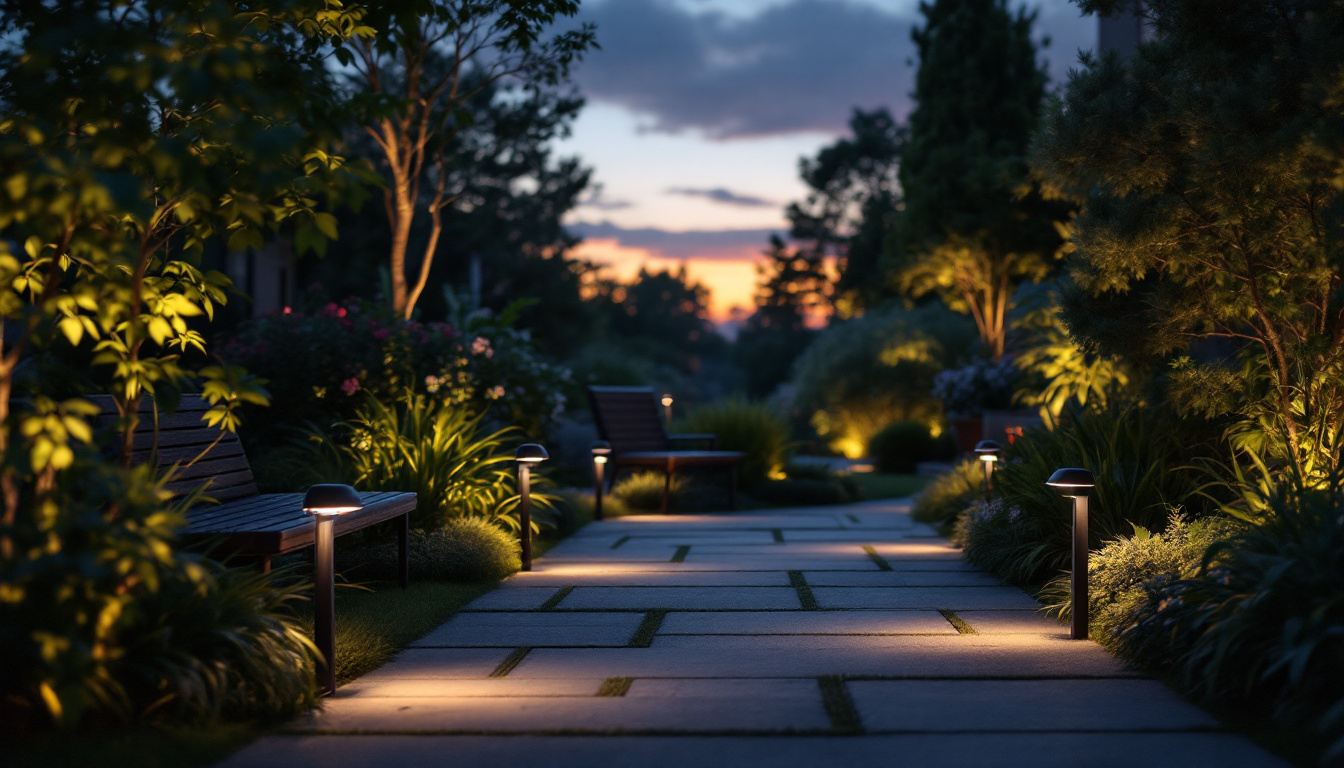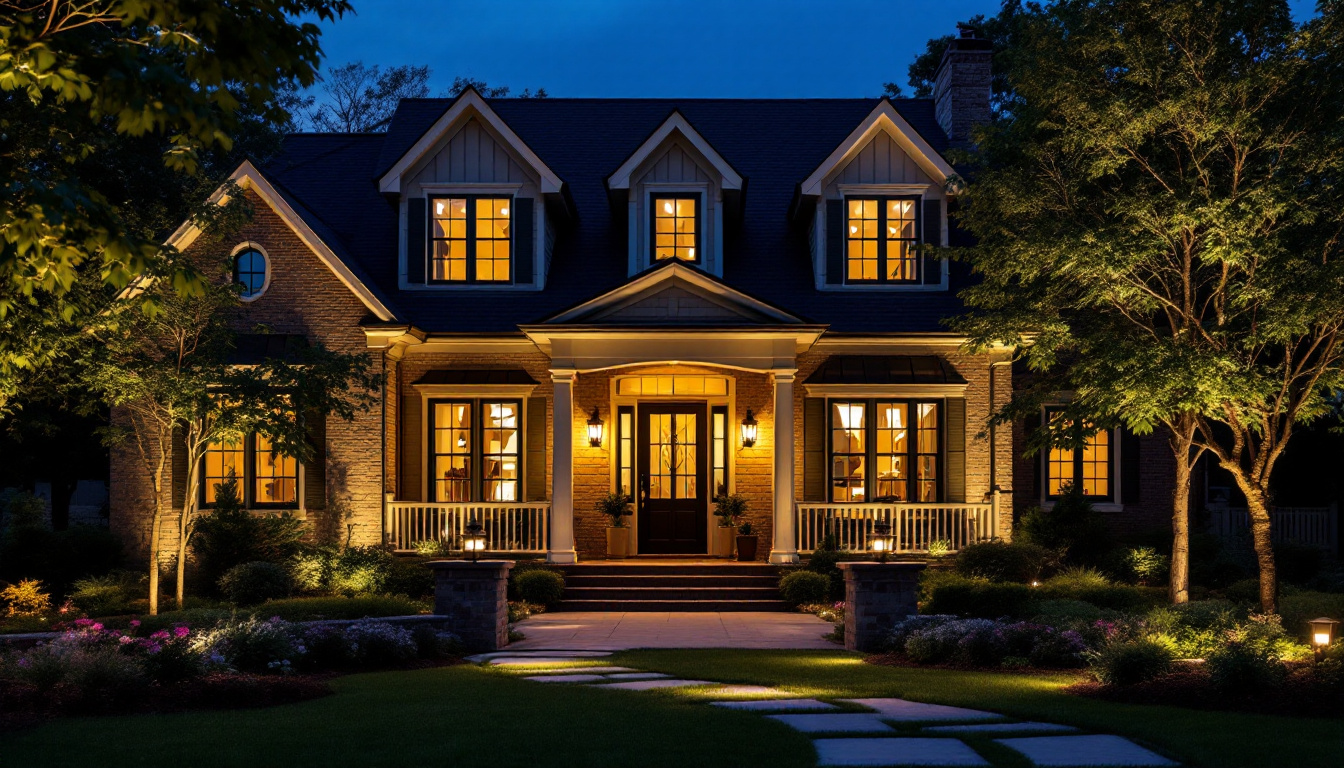
Lighting is a crucial element in interior design, particularly in kitchens where functionality and aesthetics must coexist harmoniously. When it comes to installing lights over cabinets, many lighting contractors find themselves making common mistakes that can compromise the overall effectiveness of the lighting scheme. Understanding these pitfalls can help contractors enhance their work and ensure client satisfaction. This article delves into the frequent errors made in cabinet lighting installations and offers insights on how to avoid them.
Before diving into the common mistakes, it’s essential to grasp why proper lighting over cabinets is vital. The right lighting not only enhances the beauty of the space but also improves functionality. It can highlight architectural features, create ambiance, and provide necessary illumination for tasks performed in the kitchen.
Furthermore, effective lighting can influence the perception of space. A well-lit kitchen can feel larger and more inviting, while poor lighting can create shadows and dark corners, making the area feel cramped and unwelcoming. Therefore, contractors must prioritize thoughtful lighting design when working on cabinet installations. The emotional impact of lighting should not be underestimated; a warm, inviting glow can make a kitchen feel like the heart of the home, encouraging family gatherings and culinary creativity.
In addition to aesthetics, proper lighting can also enhance safety. Well-lit work areas reduce the risk of accidents, particularly in spaces where sharp knives and hot surfaces are present. Ensuring that every corner of the kitchen is adequately illuminated can help prevent mishaps, making the kitchen not only a beautiful space but also a safe one for all its users.
One of the primary considerations in lighting design is the distinction between task and ambient lighting. task lighting focuses on specific areas where activities occur, such as countertops or cooking zones. In contrast, ambient lighting provides overall illumination to the space.
When installing lights over cabinets, contractors often overlook the balance between these two types of lighting. A common mistake is to rely solely on ambient lighting, which can leave certain areas inadequately lit for tasks. Conversely, too much task lighting can create harsh contrasts and lead to an uncomfortable atmosphere. Striking the right balance is key to a successful installation. For instance, under-cabinet lighting can serve as an effective task light, illuminating countertops for food preparation, while pendant lights over an island can provide both task and ambient light, creating a warm, inviting glow that enhances the overall kitchen experience.
Moreover, the color temperature of the lighting can significantly affect how tasks are performed. Warmer tones can create a cozy atmosphere, perfect for family meals, while cooler tones can enhance focus and alertness during meal prep. Understanding the psychological effects of different lighting temperatures can help homeowners and contractors make informed decisions that cater to the kitchen’s intended use.
The selection of lighting fixtures plays a significant role in the overall effectiveness of the lighting scheme. Contractors sometimes make the mistake of choosing fixtures that do not complement the kitchen’s design or fail to provide adequate illumination.
For instance, using overly large fixtures in a small kitchen can overwhelm the space, while tiny fixtures in a vast kitchen may not provide sufficient light. Additionally, the style of the fixtures should align with the kitchen’s aesthetic. A modern kitchen may not benefit from traditional fixtures, just as a rustic kitchen may not suit sleek, contemporary designs. The finish of the fixtures is also crucial; polished chrome may shine beautifully in a minimalist space, while oil-rubbed bronze can add warmth and character to a more traditional kitchen.
Another aspect to consider is the versatility of the fixtures. Dimmable options can provide flexibility, allowing homeowners to adjust the brightness according to the time of day or the occasion. This adaptability can transform the kitchen from a bustling cooking area during the day to a soft, romantic setting for evening gatherings, showcasing the importance of thoughtful fixture selection in enhancing both functionality and mood.
Even when the right fixtures and designs are chosen, installation errors can still occur. These mistakes can diminish the effectiveness of the lighting and lead to dissatisfaction among clients. Here are some common installation errors that contractors should be aware of.
One of the most frequent mistakes is the incorrect height placement of lights over cabinets. Ideally, the lights should be positioned to provide even illumination without creating shadows or glare. However, contractors sometimes install fixtures too high or too low, resulting in uneven lighting.
To avoid this, it is crucial to consider the height of the cabinets and the intended use of the space. For example, under-cabinet lighting should be installed just above the countertop to provide direct illumination for tasks. Meanwhile, pendant lights should be hung at a height that allows for unobstructed views and adequate light distribution.
Another common oversight is the failure to incorporate dimming options into the lighting design. Dimming capabilities allow clients to adjust the brightness according to their needs and preferences, enhancing the overall functionality of the space.
Without dimmers, the lighting can feel too harsh for casual gatherings or romantic dinners, leading to a less enjoyable atmosphere. Contractors should always discuss the benefits of dimming options with clients and consider integrating them into the lighting plan.
Electrical considerations are paramount in any lighting installation. Mistakes in wiring can lead to safety hazards and functionality issues. Here are some critical aspects to keep in mind.
One of the most significant electrical mistakes contractors can make is overloading circuits. This occurs when too many fixtures are connected to a single circuit, leading to potential overheating and tripping breakers. It is essential to calculate the load requirements for each circuit and ensure that they do not exceed the recommended limits.
Contractors should also be aware of the wattage of the bulbs being used. Using higher wattage bulbs than the circuit can handle is a common mistake that can lead to dangerous situations. Proper planning and knowledge of electrical codes are vital to avoid these issues.
In today’s environmentally conscious world, energy efficiency is more important than ever. Contractors sometimes neglect to consider energy-efficient lighting options, opting instead for traditional incandescent bulbs that consume more energy.
LED lighting has become the preferred choice for many contractors due to its longevity and energy efficiency. By educating clients about the benefits of LED fixtures, contractors can help them save money on energy bills while also reducing their environmental impact.
Design aesthetics play a crucial role in the success of any lighting installation. A lack of attention to design cohesion can lead to a disjointed appearance that detracts from the overall beauty of the kitchen.
One common mistake is selecting lighting fixtures that clash with the existing décor of the kitchen. For instance, installing modern fixtures in a rustic kitchen can create a visual disconnect that detracts from the overall design.
Contractors should take the time to understand the client’s style preferences and the existing elements in the kitchen. This attention to detail can lead to a more harmonious and aesthetically pleasing result.
Another often-overlooked aspect of lighting design is color temperature. The color temperature of light can significantly affect the mood and feel of a space. Warmer tones (around 2700K) create a cozy ambiance, while cooler tones (around 5000K) can feel stark and clinical.
Contractors should consider the desired atmosphere of the kitchen when selecting bulbs. A well-thought-out color temperature can enhance the overall aesthetic and create a more inviting environment.
Effective communication with clients is essential for successful lighting installations. Many contractors fail to engage clients in the design process, leading to misunderstandings and dissatisfaction.
One common mistake is not setting realistic expectations regarding the lighting design and installation process. Clients may have specific visions for their space, and it is crucial for contractors to communicate what is achievable within their budget and timeline.
By being transparent about the limitations and possibilities, contractors can foster trust and ensure that clients are satisfied with the final outcome. Regular updates throughout the installation process can also help maintain open lines of communication.
After the installation is complete, many contractors neglect to educate clients about the maintenance of their new lighting. Proper maintenance is essential for ensuring the longevity and effectiveness of the lighting system.
Contractors should provide clients with information on how to care for their fixtures, including cleaning methods and bulb replacement. This education can help clients feel more confident in their lighting choices and encourage them to take an active role in maintaining their space.
Lighting over cabinets is a critical aspect of kitchen design that requires careful consideration and planning. By avoiding common mistakes such as incorrect height placement, inadequate wiring, and neglecting design aesthetics, lighting contractors can enhance their installations and ensure client satisfaction.
Furthermore, effective communication and education are key components in the success of any lighting project. By engaging clients in the design process and providing them with the knowledge they need to maintain their lighting systems, contractors can build lasting relationships and foster repeat business.
Ultimately, the goal of any lighting installation should be to create a functional and beautiful space that meets the needs and preferences of the client. By remaining mindful of these common mistakes, lighting contractors can elevate their work and deliver exceptional results.
Ready to avoid the common pitfalls in cabinet lighting and elevate your installations to the next level? At LumenWholesale, we provide lighting contractors with the high-quality, spec-grade lighting products you need to achieve flawless results. Say goodbye to inflated markups and hello to unbeatable wholesale prices, backed by the convenience of free shipping on bulk orders. Don’t compromise on quality or value; choose LumenWholesale for your lighting solutions and make every project shine. Discover our extensive selection and experience the best in quality, affordability, and convenience. Wholesale Lighting at the Best Value is just a click away.

Discover how motion-activated outdoor lights can transform your lighting projects by enhancing security, energy efficiency, and aesthetic appeal.

Discover how LED grow lights are revolutionizing lighting contractors’ projects by enhancing energy efficiency, improving plant growth, and offering innovative design possibilities.

Discover how the Lithonia Lighting 4′ 237V LED fixture is transforming the landscape for lighting contractors.

Illuminate your projects with expert insights on exterior lighting for homes.